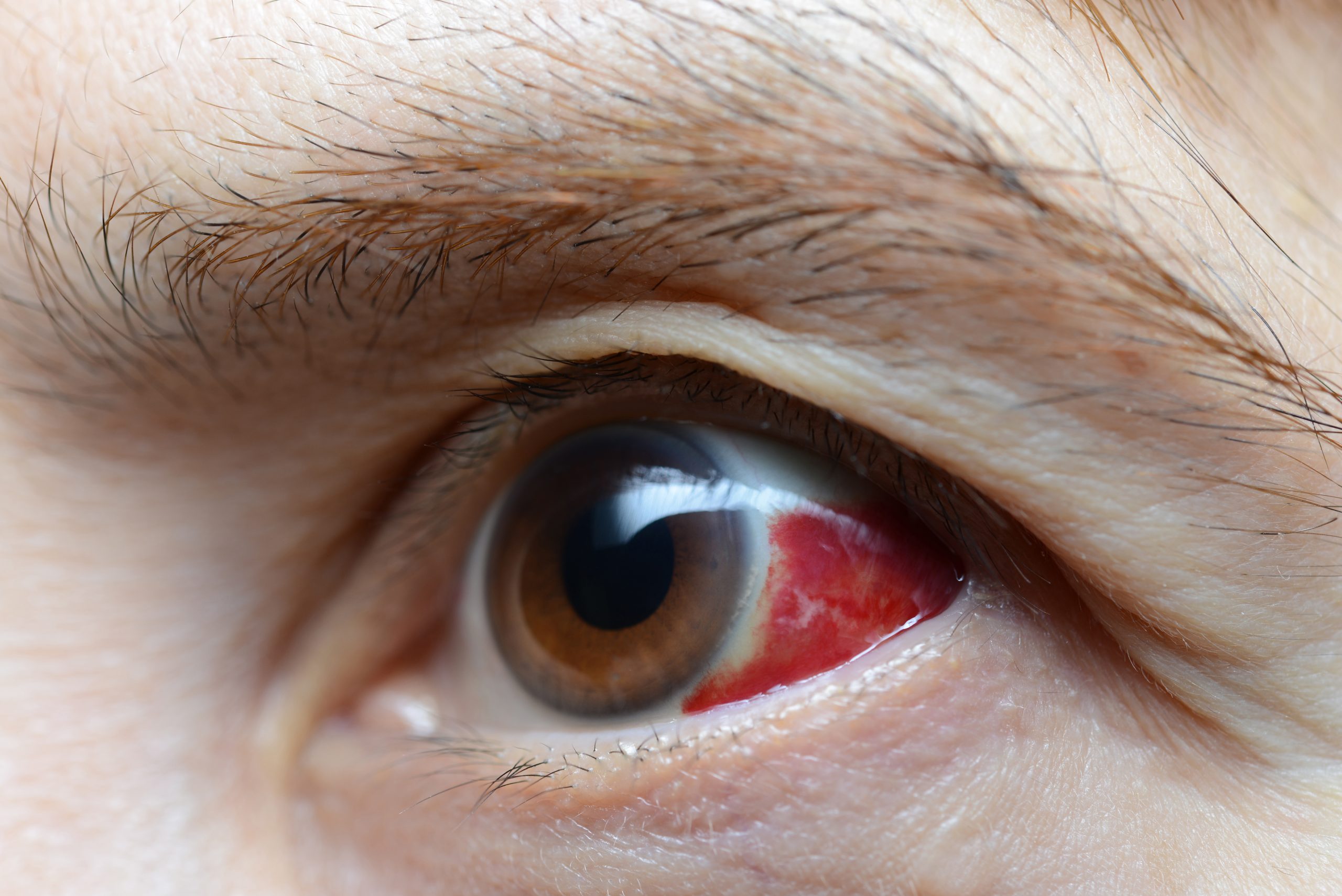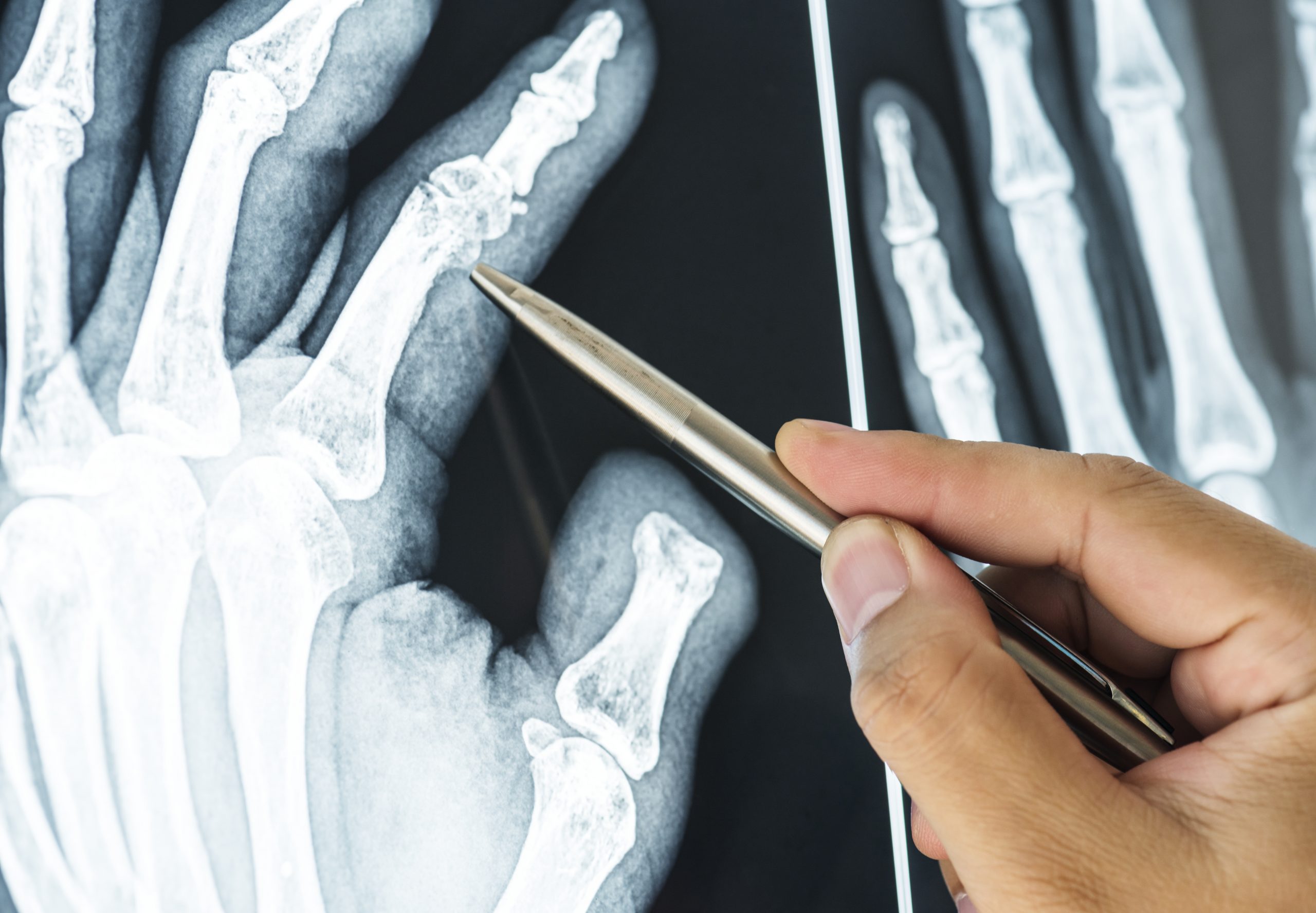The human eye is a complicated organ, with anywhere between 110 to 125 million rods and 6.4 million cones. They help us immensely in everyday life, providing vital information about things around us.
We usually take our eyes for granted… until something happens to them. The eye is not only a complicated organ but a delicate one too. So it’s very easy to suffer an injury to the eye.
In this article, we’ll discuss seven common eye injuries you should watch out for. That way, you know how to recognize them and prevent further damage.
1. Scratched Cornea
By far, a scratched cornea (or corneal abrasion) is the most common type of eye injury that emergency care clinicians see. The cornea is the outer layer of your eyeball; it’s completely clear to let light through.
Because it’s the outermost part of your eye, it makes sense that it’s the layer that gets injured the most. Anything from dust and debris to a fingernail or twig can give it a painful scratch, which is an abrasion.
Symptoms include a sandy feeling in the eye, redness, and sensitivity to the light.
2. Foreign Object in the Eye
A foreign object is similar to a scratched cornea but on a larger scale.
For instance, if you were standing next to a shattering window, you might get pieces of glass embedded in your eye. Workplace accidents are another common source of foreign objects in the eye, often from metal fragments or wood shavings flying into the eye while not wearing protective goggles.
Symptoms include watering of the eye, extreme pain and discomfort, and visible objects in the eye. A foreign object in the eye needs immediate medical attention.
3. Chemical Burn
A chemical burn can occur when anything corrosive gets into your eyes, which is why it’s vital you wear proper eye protection when dealing with chemicals.
The symptoms depend on the nature of the chemical involved. If it’s very acidic, you’ll experience a burning sensation and redness.
If it’s alkaline, you might experience fewer symptoms. But these burns are much more serious than with acidic chemicals since they can penetrate your eye quicker and cause more damage more quickly.
Any chemical burn in the eye requires immediate care. Rinse the eye thoroughly with plenty of plain water, and get to an Urgent Care center or hospital if irritation continues.
4. Black Eye
A black eye can result from blunt force trauma to your eye and the surrounding area.
Black eyes can have numerous causes, such as falling, physical fights, or sports accidents. Black eyes are a common playground injury and can occur as a result of a motor vehicle accident.
If you suffer a black eye for the last example, then you might suffer from other minor traumas or other traumas to the eye, including a corneal abrasion or a foreign object in the eye.
When you have a black eye, symptoms include swelling, puffiness, and bruising around your eyes.
Black eyes will often clear up on their own if an ice compress is applied shortly after the injury is sustained. If there is excessive swelling, vision impairment, or the swelling does not go down after a few days, it’s a good idea to seek Urgent Care.
5. Bleeding of the Eye
Bleeding of your eye is also known as subconjunctival hemorrhages. This can happen when you experience a minor injury to your eye, causing blood vessels to break and leak blood.
Although they may look and sound scary, subconjunctival hemorrhages are actually quite common and typically don’t cause any pain.
This is one of the few eye injuries that can resolve on its own in a matter of weeks. In addition, it usually doesn’t cause much severe damage, either temporary or permanent.
6. Traumatic Iritis
The iris is the part of your eye that controls how much light gets inside. It opens and closes the pupil.
Traumatic Iritis is caused by blunt force trauma to the eye, such as an object poking or hitting the center of the eye, and often accompanies other eye injuries. This trauma results in inflammation, redness, and blurry vision.
This injury can be treated with special eye drops but must be diagnosed by a medical professional first.
7. Radiation Damage
You probably already know the damage the sun’s UV rays can do to your skin. But did you know it can damage your eyes as well?
If you’re outside in the sun for a long duration of time and don’t wear eye protection, you can suffer radiation damage to your eyes. Symptoms can include excessive tearing, redness, a sandy feeling, and sensitivity to the light.
In the long term, radiation damage can increase your chances of getting cataracts and macular degeneration, so it’s important to protect your eyes. If you can’t avoid the sun, wear quality sunglasses, a sun visor, and avoid looking directly at the sun.
What to Do If You Think You Have an Eye Injury
Whatever you do, resist the urge to rub your eyes.
If there are small particles in your eyes (like sand or dust), rubbing your eyes may cause scratches or worsen the damage.
Instead, try blinking or crying to flush out the particles with your natural tears. You can also use either tap water or a saline solution to aid in flushing out the particles.
For larger objects that have penetrated your eye, do not try and remove it yourself. Trying a DIY eye fix can cause more damage. Try to leave your eye as is; don’t touch it, don’t put pressure on it, and don’t put eye drops in it either.
Seek immediate Urgent Care. Even if you think your eye “feels fine,” there may be tiny scratches that you can’t feel or see, so you’re better to be safe than sorry. This also goes for any injuries around your eyes. You should get a medical professional to assess your injury and make sure they haven’t impacted your eyes or vision.
Never try to treat eye injuries on your own, even if you think they’re minor. You might inadvertently make them worse, so the best course of action is to seek the care of a medical professional.
Count on CityHealth Urgent Care to Help With Eye Injuries and More
Whether you have eye injuries or other health issues, you can count on CityHealth Urgent Care to help. If an eye injury has impaired your vision, and you can’t safely drive, schedule a virtual visit for a consultation from the comfort of your home.




